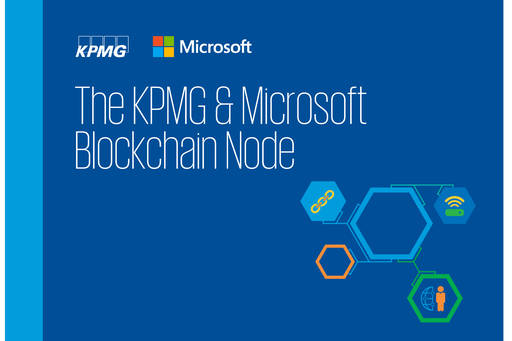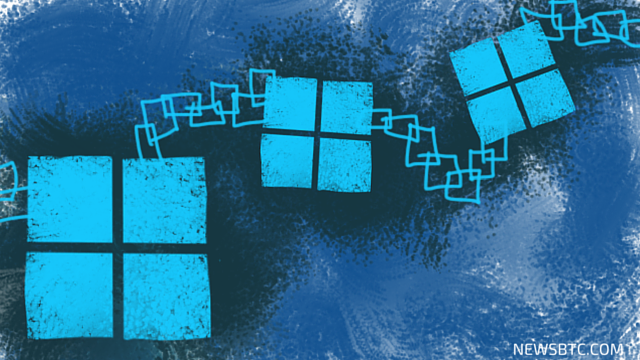Microsoft Blockchain Fabric Rylly ?
Microsoft introduces Blockchain Fabric to help businesses. Microsoft has unveiled a new project to make it easier for businesses to build consortia that better exploit blockchain technology.

So far, many blockchain consortia have been created to test the technology. The most notable bank consortium is R3CEV, the Post-Trade Distributed Ledger Group (PTDL) and the Global Blockchain Council (GBC). The report, Microsoft's director of development and financial strategy, Marley Gray, spoke of the need for technology that could continue to support such collaboration. In his statement, he also said that the Bletchley project is a vision aimed at providing Blockchain-as-a-Service (BaaS) to all platforms, partners and customers. The project will be open for many blockchain protocols, providing support for unused (UTXO) output protocol protocols such as Hyperledger.
The project will be available for many blockchain protocols, providing support for the initial transaction. Gray says that Bletchley Project is the answer to working with existing members of the Microsoft Azure Blockchain-as-a-Service (BaaS) platform. Launched in November last year, the project offers a wide range of open source tools built by Tendermint, Augur and others, and allows users to build and experiment in a so-called sandbox to identify usage cases as well as view prototypes of features.
As part of Bletchley's announcement, Microsoft has also introduced what it calls new concepts, namely blockchain middleware and cryptlets. Blockchain middleware provides basic functional services such as identity management. Cryptlets on the other hand only enter into the game when additional information is needed on transactions such as date and time in order to execute a blockchain user agreement. Cryptlets has become the same new blockchain technology that enables collaboration and secure communication between Microsoft Azure, the ecosystem of middleware and customers.
More information about the Bletchley project will be revealed at the World Wide Microsoft Conference, to be held from July 12th to July 16th in Toronto. The prototype service is expected to be ready by the end of this summer.
